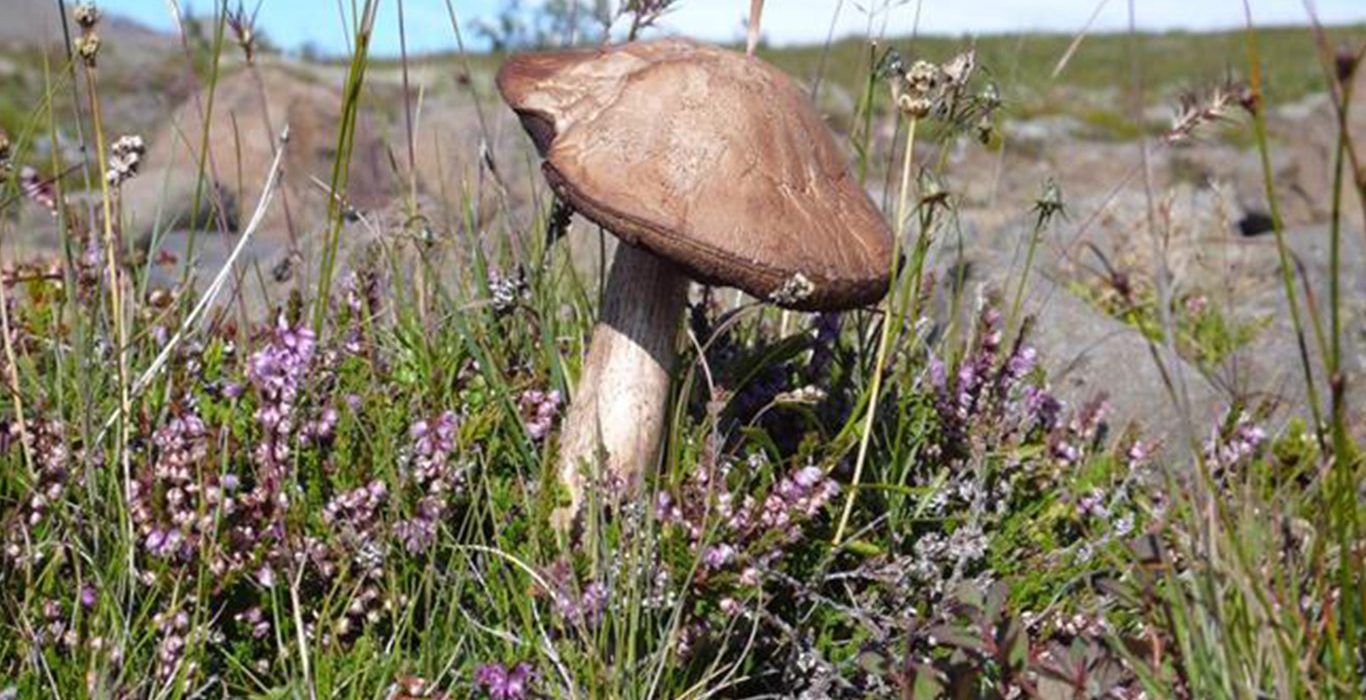Mushrooms

During the settlement period, forests covered the land from the coasts to the highlands. Cooling climate (the little ice age) is sometimes cited as a possible cause for woodland decline as are volcanic eruptions and other types of disturbance, but on closer inspection they can not explain the overall deforestation that took place. Livestock grazing is also blamed for deforestation.
The old forests are preserved in a few places but most of them are new. With growing forestation, the appearance of Iceland has changed substantially.Reforestation has brought interesting mushrooms into our cuisine. It is only in recent decades that we have begun to cook with wild mushrooms. A wealth of mushrooms grows along shrubbery, popping up in August and September. Wild mushrooms, Leccinum rotundifoliae, are picked in North Iceland, Melrakkaslétta where they are dried and sold both locally and to restaurants in Reykjavík.
Mushrooms were not a traditional food in Iceland, except for in Skagafjörður, where they made soup from mushrooms boiled in whey. The timing of mushrooms blooming is ideal as it is after haying and before dulse picking. In the 18th century a food pioneer Björn from Sauðlauksdal provided instructions for mushroom consumption and recommended “boiling them and storing in acid. Thus, they are better and safer to eat than when they are fresh.” Wild mushrooms are one of Icelandic nature’s well-kept secrets.
Mushroom farming has been practiced since 1960, first at Laugaland in Borgarfjörður and now there is an expansive mushroom farm at Flúðir which provides Icelandic homes with this wonderful ingredient.